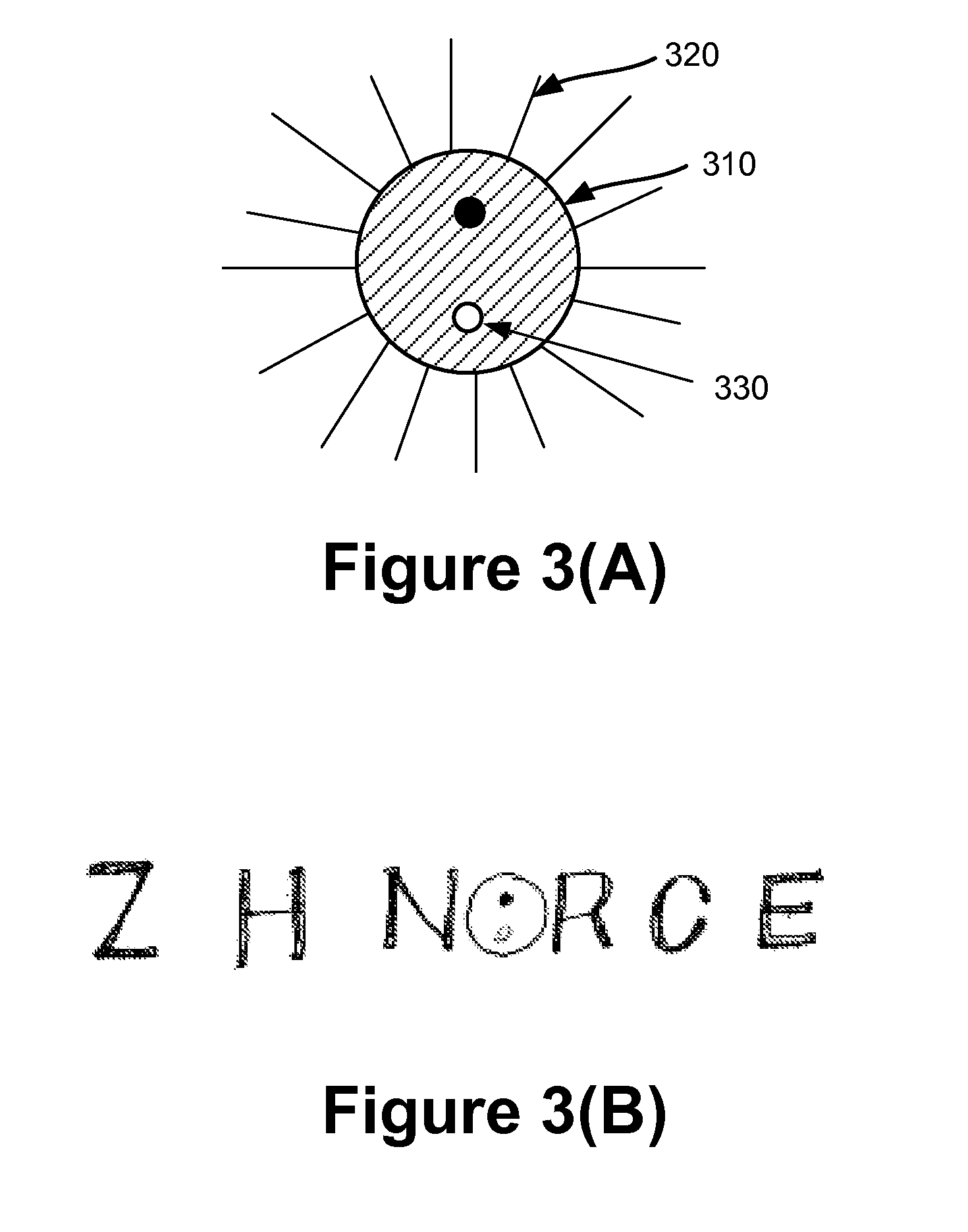Self Guided Subjective Refraction Instruments and Methods
a subjective refraction and self-guided technology, applied in the field of self-guided subjective refraction instruments and methods, can solve the problems of patient participation, steep learning curve, difficulty in mastering the art,
- Summary
- Abstract
- Description
- Claims
- Application Information
AI Technical Summary
Benefits of technology
Problems solved by technology
Method used
Image
Examples
Embodiment Construction
[0016]A refraction device is provided for determining a visual acuity and providing corrective optics for a test subject. The device includes an adjustable optical system and an adjustable viewing target disposed along an optical path such as to be viewable through the adjustable optical system by a test subject. The adjustable viewing target includes a directional indicator linked synchronously to at least two choices of corrective optics presented to the test subject.
[0017]The device may include an input device configured to be controlled by the test subject to indicate a direction suggested by the directional indicator for selecting between the at least two choices of corrective optics. The direction suggested by the directional indicator corresponds to a corrective optics choice as presented to the test subject by the viewing target.
[0018]The adjustable viewing target may be adjustable to at least two configurations each uniquely indicative of one of the choices of corrective op...
PUM
 Login to View More
Login to View More Abstract
Description
Claims
Application Information
 Login to View More
Login to View More - R&D
- Intellectual Property
- Life Sciences
- Materials
- Tech Scout
- Unparalleled Data Quality
- Higher Quality Content
- 60% Fewer Hallucinations
Browse by: Latest US Patents, China's latest patents, Technical Efficacy Thesaurus, Application Domain, Technology Topic, Popular Technical Reports.
© 2025 PatSnap. All rights reserved.Legal|Privacy policy|Modern Slavery Act Transparency Statement|Sitemap|About US| Contact US: help@patsnap.com



